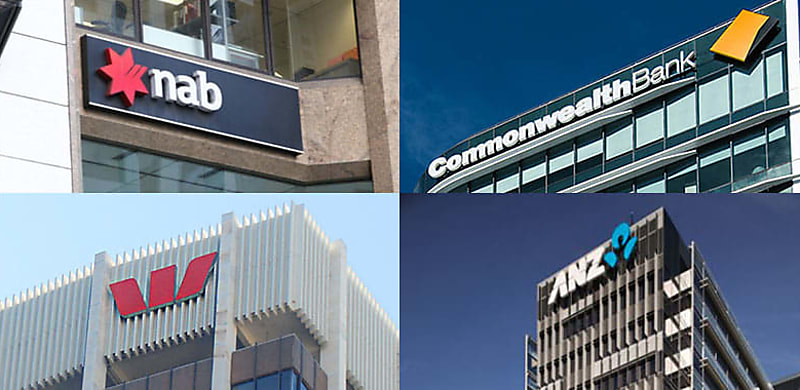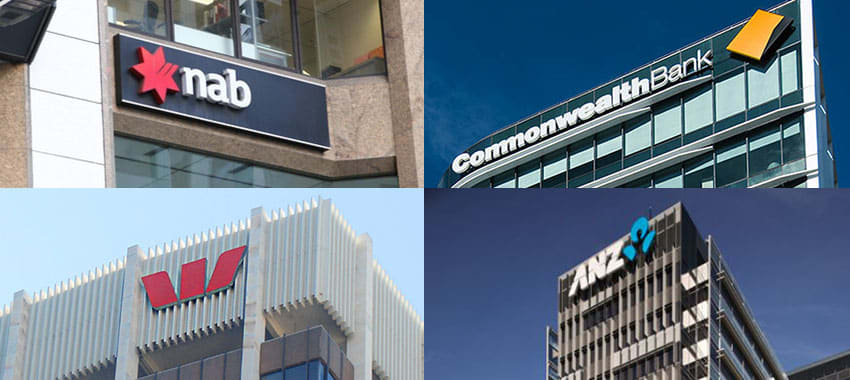
Major bank economists are tentatively continuing to call a November rate cut, but the risks of a later start to the easing cycle are mounting.
The June meeting saw the Reserve Bank of Australia (RBA) leave the cash rate unchanged at 4.35 per cent for the fifth month in a row; however, economists from the major banks have noted the board’s increased “vigilance” towards near-term risks.
While the RBA does not expect inflation to return to its target range of 2–3 per cent until the second half of 2025 and to the midpoint in 2026 (and noted this week that "inflation is easing but has been doing so more slowly than previously expected and it remains high"), the market is still forecasting that rates will start to fall by the end of this year. However, upside inflation risks are reducing the confidence levels of a 2024 rate cut.
All but one of the big four banks is expecting that November will mark the beginning of the easing cycle, with several starting to warn that the start of the easing cycle may not manifest until 2025.
ANZ remains the only major bank to shift its rate cut forecast back from November 2024 into February 2025.
Adam Boyton, ANZ’s head of Australian economics, outlined several factors that have resulted in these risks becoming “sufficiently material” to prompt a change in ANZ’s cash rate view.
Those factors included the Q1 national accounts revealing less weakness in household consumption; the labour market performance (excluding the pandemic) over the past 10 years that has suggested trend growth in the economy “could be as low as 2 per cent”; and government consumption continuing to add to GDP growth and supporting employment.
ANZ now expects the first 25-basis-point rate cut to be in February 2025, with two 25bp cuts following that (most likely in April and May and a final cut being delayed until the final quarter of 2025).
He noted that the language in the RBA’s post-meeting statement suggested that the board is “in no hurry to cut rates”, however, believes that a hike remains “unlikely” given the ongoing easing in the labour market and the slow pace of activity growth.
Similarly, speaking on the NAB Morning Call podcast on Wednesday (19 June), NAB currency strategist Rodrigo Catril noted that while the RBA was not “super” hawkish in its following statements after the decision, it did show “slightly more concern over inflation”.
Catril stated that the RBA is in a “wait-and-see mode" ahead of the 2Q inflation figures and a reading above the expected 0.8–0.9 per cent will open the door for another rate hike.
However, he added that the RBA has demonstrated a reluctance to hike and, despite sticky inflation, a faster slowdown of the economy may lead RBA to conclude that holding for longer may be the more desired answer.
NAB is still forecasting the November meeting to result in the first rate cut, however, acknowledged the risks of cuts being delayed until the beginning of next year.
Commonwealth Bank of Australia head of Australian economics Gareth Aird also noted the increased use of the word “uncertain” in the board’s post-meeting statement, highlighting the RBA’s concerns around sticky inflation, subdued output growth, and deterioration in the labour market.
“Reading between the lines, the board appears increasingly concerned that walking the narrow path between preserving gains in the labour market, whilst returning inflation to the target band within an acceptable time frame is getting narrower,” Aird said.
“The board notes risks in both direction on economic growth, unemployment, and consumption. It will be up to the data to determine policy outlook.”
Aird added that an outcome of 0.8–0.9 per cent per quarter in the 2Q24 CPI would “be sufficient” for the RBA to leave the cash rate on hold; however, a stronger reading will “test the RBA’s resolve to not tighten policy further”.
CBA retains its base case that the next move in the cash rate will be a reduction; however, the “runway is shortening between now and November” as inflation and labour market challenges persist.
Chief economist of Westpac Business Bank, Besa Deda, said although the RBA will have a more comprehensive read on inflation and the economy by the August meeting, it will also need to “digest the impact of the Stage 3 tax cuts and other fiscal support measures” that take effect on 1 July 2024.
“These effects will not become fully apparent until well after the August meeting,” Deda said.
“If the concerns around persistent price pressures continue, we think the RBA is more likely to keep the cash rate on hold for longer than to hike again, but the RBA remains data dependent and the upcoming data will be telling.
“Our inflation forecasts for the upcoming June quarter report are below that of the RBA’s, leaving us comfortable with our view that the next move in the cash rate will be down and arrive in November. But we acknowledge there’s a greater risk of rate relief slipping into next year.”
[RELATED: Narrow path getting narrower: Bullock]

